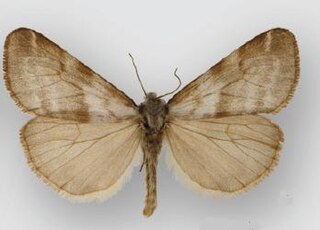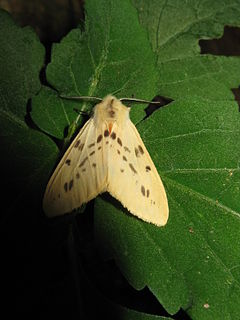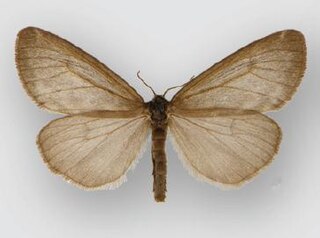
Mary, Queen of Scots, also known as Mary Stuart or Mary I of Scotland, reigned over Scotland from 14 December 1542 to 24 July 1567.

The 1988 United States presidential election was the 51st quadrennial presidential election, held on Tuesday, November 8, 1988. The Republican nominee, incumbent Vice President George H. W. Bush, defeated the Democratic nominee, Governor Michael Dukakis of Massachusetts. This was the first presidential election since 1948, and the most recent to date, in which a party won a third presidential term. This also remains the most recent election in which a candidate won over 400 electoral votes.

Richard Burton, was a Welsh actor. Noted for his mellifluous baritone voice, Burton established himself as a formidable Shakespearean actor in the 1950s, and he gave a memorable performance of Hamlet in 1964. He was called "the natural successor to Olivier" by critic and dramaturge Kenneth Tynan. A heavy drinker, Burton's purported failure to live up to those expectations disappointed some critics and colleagues and added to his image as a great performer who had wasted his talent; he is nevertheless widely regarded as one of the most acclaimed actors of his generation.

Florence Delorez Griffith Joyner, also known as Flo-Jo, was an American track and field athlete.

Die Hard is a 1988 American action film directed by John McTiernan and written by Jeb Stuart and Steven E. de Souza. It stars Bruce Willis, Alan Rickman, Alexander Godunov, and Bonnie Bedelia. Based on the 1979 novel Nothing Lasts Forever by Roderick Thorp, Die Hard follows New York City police detective John McClane (Willis) who is caught up in a terrorist takeover of a Los Angeles skyscraper while visiting his estranged wife. The film features Reginald VelJohnson, William Atherton, Paul Gleason, and Hart Bochner in supporting roles.

Andrew Roy Gibb was an English singer and songwriter. He was the younger brother of the Bee Gees: Barry, Robin and Maurice Gibb.

Mythimna impura, the smoky wainscot, is a moth of the family Noctuidae. The species was first described by Jacob Hübner in 1808. It is distributed throughout most of the Palearctic realm from Ireland in the west of Europe east to the Caucasus, Turkey, Syria, Kazakhstan, Russia, Siberia, Mongolia, then Japan. In Europe it is found from the Arctic Circle to Spain and Italy in the south, as well as in the northern regions of Greece.

Dodia is a genus of woolly bear moths in the family Erebidae. The genus was erected by Harrison Gray Dyar Jr. in 1901. The moths are found in subarctic tundra and taiga ecosystems. They belong to the subtribe Callimorphina of tribe Arctiini.

Palearctia is a genus of tiger moths in the family Erebidae.

Achlya flavicornis, the yellow horned, is a moth of the family Drepanidae. The species was first described by Carl Linnaeus in his 1758 10th edition of Systema Naturae. It is found from Europe to the eastern Palearctic ecozone.

Lemyra is a genus of tiger moths in the family Erebidae. The genus contains many species from East and South Asia, Sundaland and Australia. It was described by Francis Walker in 1856.

Dodia albertae is a moth of the family Erebidae first described by Harrison Gray Dyar Jr. in 1901. It is found in Canada, Siberia south to Mongolia, west to the Polar Urals. See the subspecies section for more information.
Manulea hyalinofuscatum is a moth of the family Erebidae. It is found on Wrangel Island and in Chukotka.
Manulea nigrocollare is a moth of the family Erebidae. It is found in Russia.
Manulea vakulenkoi is a moth of the family Erebidae. It is found in Russia.
Dodia diaphana is a moth of the family Erebidae. It was described by Eduard Friedrich Eversmann in 1848. It is found in Russia and Mongolia.
Lemyra boghaika is a moth of the family Erebidae. It was described by Yuri A. Tshistjakov and Yasunori Kishida in 1994. It is found in the Russian Far East and Korea. It is probably also present in China.
Pararctia subnebulosa is a moth of the family Erebidae. It was described by Harrison Gray Dyar Jr. in 1899. It is found in Alaska, Yukon and the Russian Far East.
Palearctia mira is a moth in the family Erebidae. It was described by Vladimir Viktorovitch Dubatolov and Yuri A. Tshistjakov in 1989. It is found in the south-eastern Altai Mountains.

Eubranchipus is a genus of brine shrimp and fairy shrimp in the family Chirocephalidae. There are about 16 described species in Eubranchipus.











